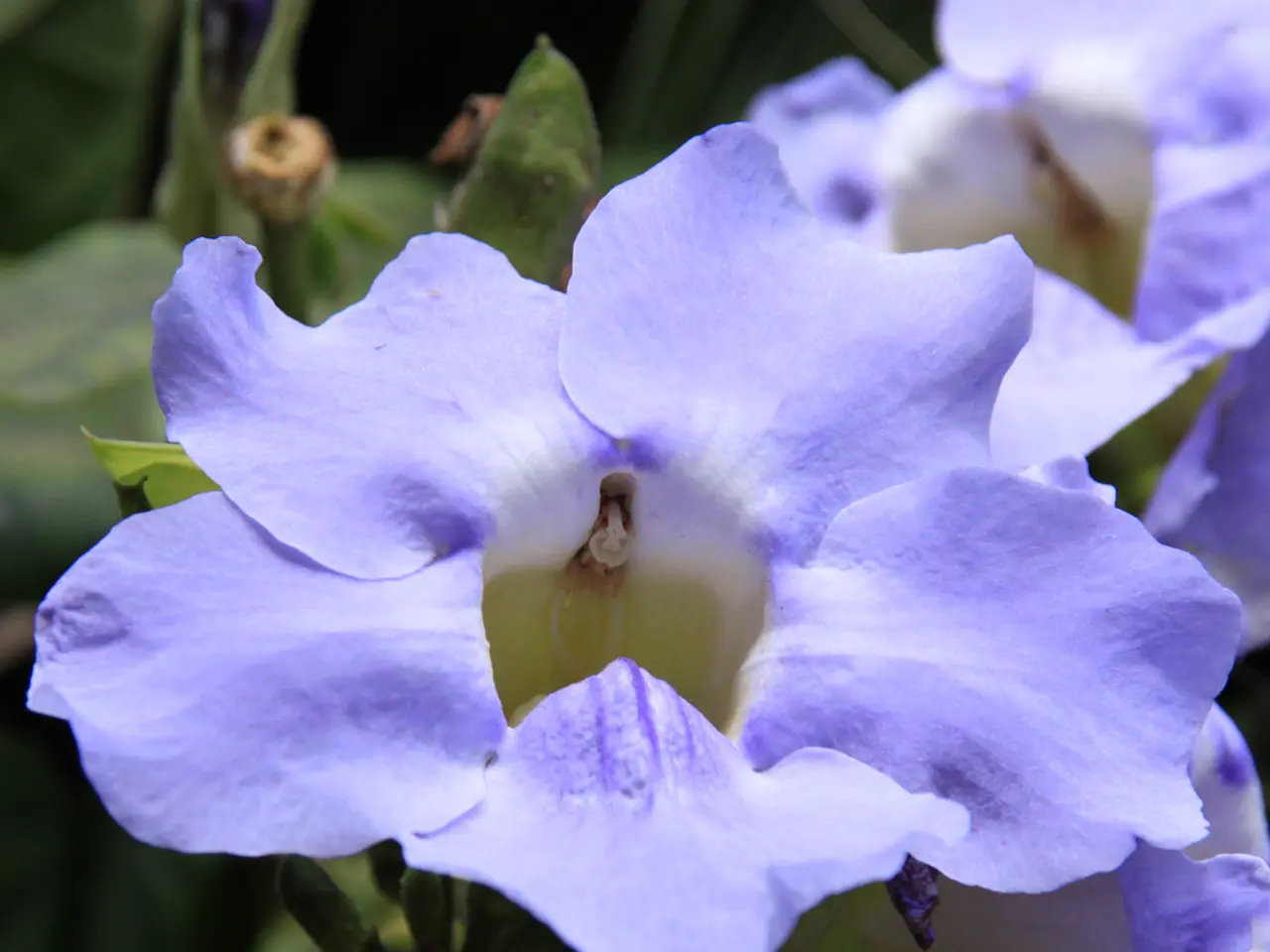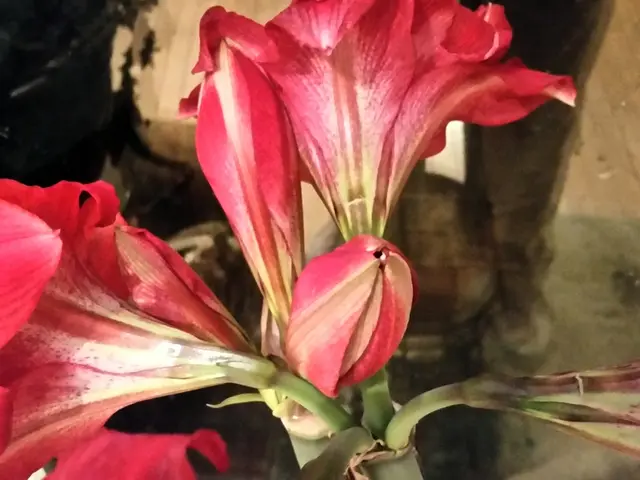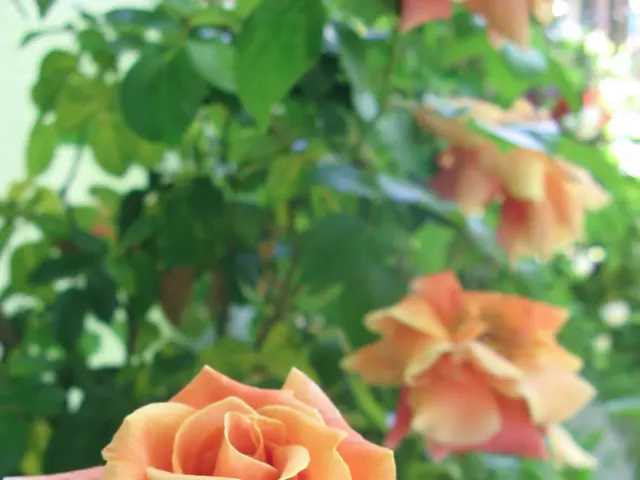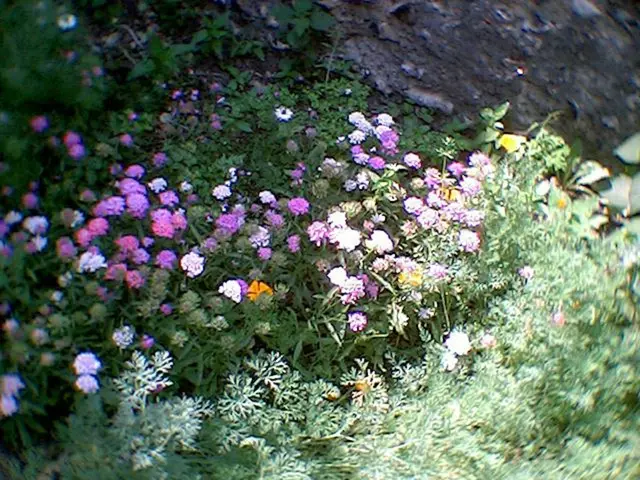Preparing Perennials for Autumn: Strategies to Promote Healthy Growth of Shrubs and Blossoms in Winter
In the heart of autumn, as the leaves change colour and the days grow shorter, it's the perfect time to plant perennials. Melanie Griffiths, Editor in Chief of this article, shares a comprehensive guide to help you make the most of this season and prepare your garden for a flourishing spring.
Fall-planted perennials have a unique advantage: they can establish themselves before winter, allowing available energy to be diverted where needed and helping them better withstand winter conditions. This results in vigorous growth and blooms in the next growing season.
To plant perennials successfully, follow these key steps that cover site preparation, planting, watering, and mulching:
1. **Site Preparation** - Before planting, loosen the soil and amend it if necessary. If the soil is rocky or clay-heavy, mix in compost or organic matter to improve drainage and fertility. Incorporate about 2–4 inches of organic matter into the top 6–8 inches of soil for better nutrient retention and soil structure. - Remove all weeds from the planting area by hand or with a hoe to prevent competition. Mulching will be less effective if weeds are present.
2. **Planting the Perennials** - Dig a hole larger than the root ball of the perennial. - Loosen the roots slightly if they are root-bound to encourage outward growth. - Plant the perennial at the same depth it grew in its container to avoid suffocation or stress. - Backfill the hole with amended soil and lightly press around the root ball to remove air pockets. - Water the plant thoroughly right after planting to settle the soil.
3. **Watering Schedule** - For the first week after planting, water every day or every other day to keep the soil consistently moist but not soggy. - After the first week, water when the top few inches of soil are dry, which might still be every other day depending on weather conditions. - Schedule irrigation to early morning to optimize absorption and reduce evaporation.
4. **Mulching** - Use organic mulch such as wood chips, bark, straw, or compost to improve soil health and moisture retention. - Spread an even layer of mulch 2–4 inches thick over the soil surface around the plants. Thicker layers improve weed control but avoid excessive thickness as it can suffocate roots. - Keep mulch about 2–3 inches away from the base of each plant to prevent moisture buildup and rot. - Smooth and level the mulch with a rake for uniform coverage, which helps water infiltration and prevents pooling.
When planting perennials in fall, it's essential to choose the right location, considering sunlight and soil type to ensure the plants will thrive. A selection of the best perennial plants can be found in leading growers' shops on various platforms.
Watering perennials is crucial after moving them to a new location, and routine irrigation should occur throughout autumn until the ground freezes. Thorough watering after planting and mulching will help protect young roots from frost, while spacing them properly allows for healthy growth.
Fall planting can help gardeners avoid potential damage and disease as insect pressure is generally less during cooler weather. Tonya Barnett, a seasoned gardener with 13 years of experience, chronicles her backyard cut flower garden on her YouTube channel (http://www.youtube.com/@tonyawiththeflowers). Her passion for flowers and the beauty they bring to her garden serve as an inspiration for many.
By following these steps, you can ensure your perennials get the best start for long-term health and beauty, providing a vibrant display in your garden for years to come. Happy gardening!
By following the provided guide, you will be planting perennials effectively within your home-and-garden, taking advantage of autumn's cooler weather to establish a flourishing lifestyle for your garden come spring. To achieve this, focus on site preparation, proper planting techniques, watering schedules, and mulching methods, tailoring your choices to the specific needs of perennials for optimal results.








